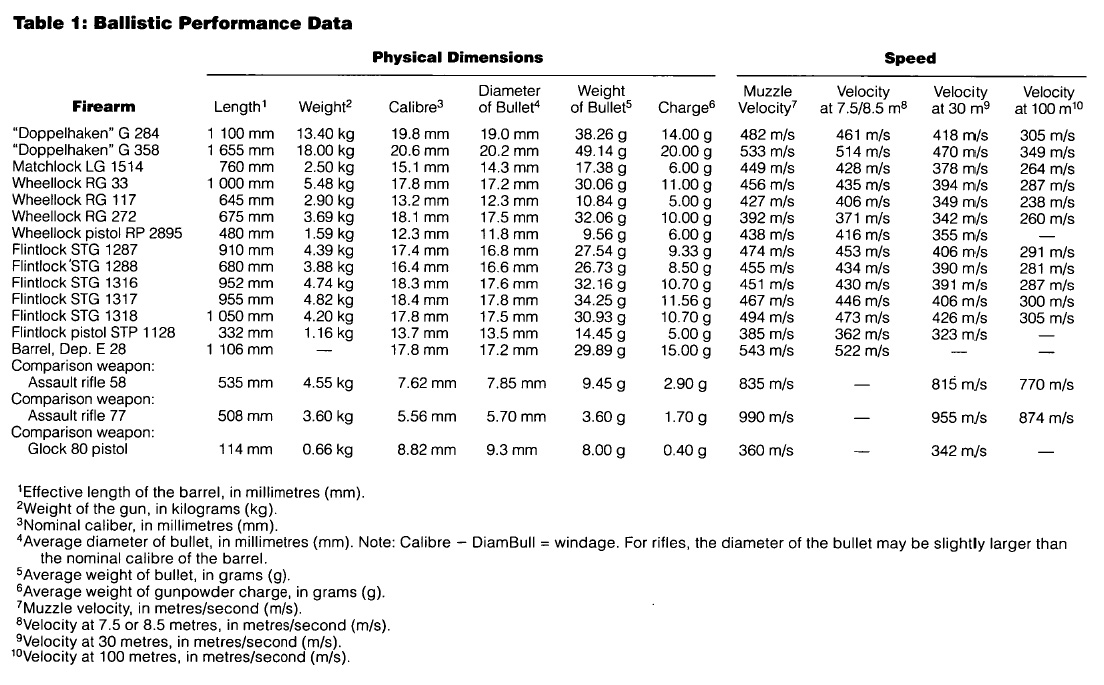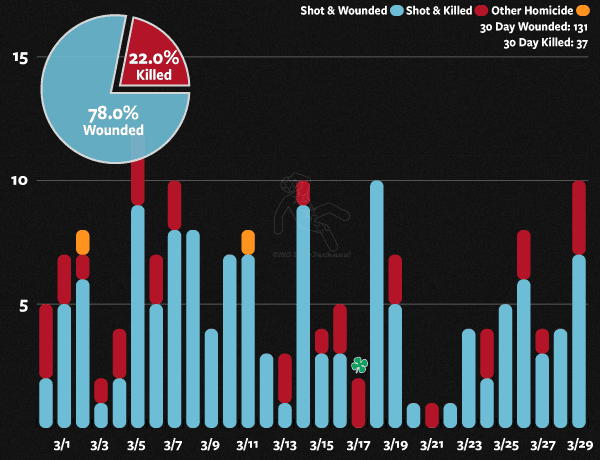I will be a panelist on Saturday the 14th October at the Fall 2023 conference for the Center for the Study of Guns and Society. The panel will be on “Quantifying Lethality in Historical Terms and Policy Implications.”
The entire conference schedule is here: Fall 2023 Conference Agenda – Center for the Study of Guns and Society (gunsandsocietycenter.com).
It is at Wesleyan University of Middletown, CT. There is no cost to attendance.

Excellence in Historical Research and Analysis

Excellence in Historical Research and Analysis
Category Gun Violence
Test-Firing Early Modern Small Arms
Someone just brought this article to my attention: View of Material Culture and Military History: Test-Firing Early Modern Small Arms | Material Culture Review (unb.ca).
It is about a test firing of modern small arms conducted by the Austrian provincial armory in Graz, done in 1988-1989. They test fired 14 weapons from 1571 to 1750 and later, including 3 rifles. They used a standardized modern black-powder gunpowder in an amount determined during testing. They also tested three modern weapons for comparison.
A couple of tables from the article:


They also fired the guns into blocks of soap or gelatine, modern steel plate and 16th -century armor plate. For example, one flintlock musket left a cavity of 530 cm3 (cubed?) while a 5.65mm assault fire left a cavity of only 101 cm3 (see paragraphs 10 and 11 in the article).
They did fire a pistol at a part of the horse’s breastplate from 1570-1580, 2.8-3.0 mm, and it penetrated (paragraph 13) but the bullet was effectively stopped from injuring the wearer. The old breastplate performed better than 3mm of modern steel plate (see paragraph 12).
Wounded-to-killed ratios in Chiraq
Probably going a little astray here but was looking at reports of the number of civilians killed and wounded in the gun violence in Chicago.
It is reported that in the last 30 days, 37 people were killed and 131 were wounded. This comes out to a wounded-to-killed ratio of 3.54-to-1 or a lethality figure of 0.22. This is kind of a high wounded-to-kill ratio for direct fire weapons.

Playing with the database (see: Chicago Crime, Murder & Mayhem | Criminal Infographics | HeyJackass! | Illustrating Chicago Values) show that in 2022 there were 665 shot and killed and 2937 shot and wounded for a wounded to killed ratio of 4.42 or lethality of 0.23.
For example, in War by Numbers, pages 184-187, I have various reports from WWII of lethality of rifles of 0.32, for infantry projections of 0.30, for gunshot of 0.39, for small arms of 0.34 or 0.38 included died of wounds, of small arms in Korea of 0.26, of small arms in Vietnam of 0.49 or 0.30 including carded-for-record, of “low-velocity bullets”: in Northern Ireland of 0.08, of “high-velocity bullets” in Northern Ireland of 0.37, of bullets in 1982 Israeli-Lebanon War of 0.31, of small arms in the 1982 Israeli-Lebanon War of 0.28. Weighing all ten data sets equal: let’s say: 0.314. This is a wounded-to-killed ratio of 3.18 as caused by small arms.
Now, a civilian environment is different that a combat zone. To start with the mix of weapons used is different. Lots of pistols, Second, the people tend to receive medical attention quicker than on a battlefield. On the other hand, some people are shot multiple times on the street, and some shootings end with a “kill shot.” Still, the wounded to killed ratio is 3.54-to-1. Of course, not sure if all the wounded are counted either. Are the wounded who do not need hospital attention counted? Are some of the wounded who need hospital attention also not counted because they choose to avoid the hospital (and the authorities)?
Artillery (fragmentation wounds) tend to have a higher wounded-to-kill ratio that wounds from gunfire (for example 0.11, 0.19, 0.27 or 0.18, 0.22 or 0.26, 0.34, 0.14 or 0.07, 0.13, 0.11 and 0.21 for an average of 0.196 or a wounded-to-killed ratio of 5.11-to-1). In convention combat, artillery tends to be the cause of the majority of wounds.
I do not know the accuracy or providence of the data I am accessing. It is discussed on the website I am referencing (Chicago Crime 2022 Archives – Criminal Infographics – HeyJackass!). Does killed only include those who are dead when they have arrived in the hospital, or does that database include those who died after they arrived (including days or weeks after they arrived)?
Thanks to Abdulelah Almarri for pointing me to the Chiraq data.